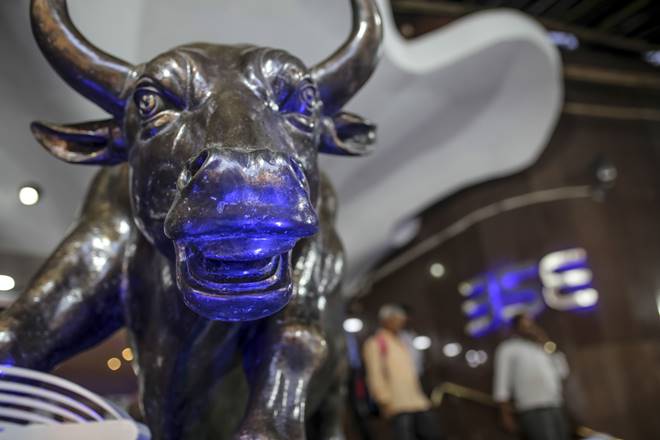- By Ranjan Chakravarty
As the world reels from the impact of the now established and growing global Covid-19 pandemic, the trading and investing communities worldwide are for the most part beginning to reconcile themselves to sharply declining returns. Literally no market, asset class or portfolio appears immune to the phenomenon any longer. It has hit populations hard but markets harder. In fact, it appears that even the real sector, for the first time since just after the Global Financial Crisis, is anticipating sharp declines as a result of this phenomenon.
Covid-19’s market impact is clearly seen in the rising magnitude of the various VIX volatility indices the world over. The latest VIX driven meltdown was the Indian equity market on Feb 28th, which showed a decade-high level of VIX and a decade high drop in the SENSEX of close to 1,500 points. On the NSE, 272 stocks hit their 52-week lows and the contagion was felt across sectors, sparing neither financials nor infrastructure. Long established correlations broke down, and hedges, long supported by data, came undone.
The fixed income market has similarly offered its response of rising prices and falling yields, but those are a mechanical response to falling equity prices by the short term flight to quality response of investors from equity to debt, but that is more confined to government securities, as corporate credit spreads have widened sharply in line with the events in the equity market.
Is there an asset class that can withstand this onslaught? Could it be an asset that could offer safe havens not just in India but beyond? To investigate this, it is appropriate to analytically trace the pandemic, both physically, and asset class-wise, in order to isolate a potential asset response.
The market impact of the virus originated from commodities and has radiated to other asset classes. This is because China is the World’s premier consumer of commodities ranging from precious metals to energy. Hence we searched commodities for a clue as to where a hedge might lie.
Of all candidates, we note the likeliest to hold the key to a hedge is the relationship of USDINR and Brent crude. Brent has lost significant value since the start of the epidemic but has done so in a range, as it is demanded equally by affected and non-affected markets. Brent is a central benchmark commodity and is a barometer of larger risks or opportunities. As far as USDINR is concerned, Brent has consistently acted, through significant negative correlation, as a contributor of value.
The relationship between USDINR and Brent has always been evident and has held through cyclicality and seasonality. Indeed, it has strongly held all through the pandemic to date. It was clearly evident right at the epicenter of the market meltdown on Feb 28th, when, as Brent tumbled 3.25% intraday to 50.25, USDINR rose 0.84% to 72.17.
Looking at the performance over the past week of the crisis, the effect is strongly consistent, as it is over the month. Through the crisis, Brent has steadily dropped, hovering around losing close to a median of 3.3%. In the same period, USDINR has gained about 0.85%. This appreciation not only holds true in spot but in USDINR forwards as well, but only out to 3 months, which is sufficient as a hedge in the near term. Liquidity is not an issue, as the USDINR family of contracts is among the top 10 exchange-traded contracts in the world.
The evidence is clear from the data. We opine that not only local, but global investors and traders would find it worth their time to consider positions in USDINR contracts as a standalone hedge asset class as a response to COVID-19 during these trying times in the global markets.
Ranjan Chakravarty is Economist and Product Strategist at Metropolitan Stock Exchange. Views expressed are the author’s personal.


